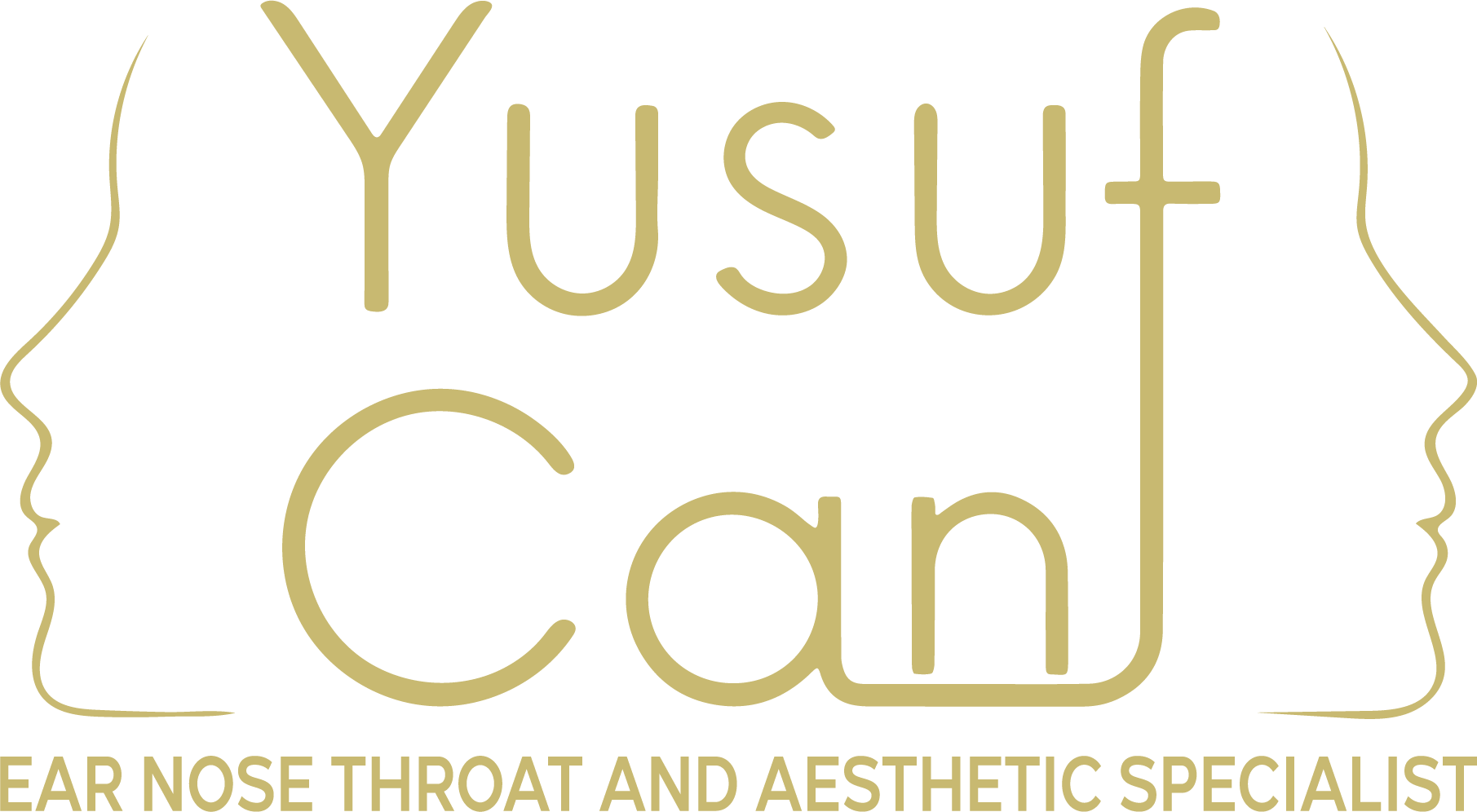Rhinoplasty is one of the most common aesthetic surgeries. Although the duration of the operation varies depending on the type of the shape problems in the nose, pathologies such as nasal curvature, anatomical variations, nasal flesh growth, chronic sinusitis and the surgical technique to be applied, it generally takes around 2 to 3 hours. However, this period may be longer in special cases that require tissue removal from other areas such as ears and ribs.
Surgical Techniques
The main techniques used in rhinoplasty surgeries are as follows;
- Microrhinoplasty
- Tipplasty
- Open Rhinoplasty
- Closed Rhinoplasty
- PiezoUltrasonicRhinoplasty
- Dorsum Sparing Surgery
In fact, basically these distinctions can be made as closed and open. Generally, other distinctions may differ according to the intervention area and the devices used.
It should be well known that there is no single correct or miraculous approach to surgical procedures. Each approach has its own advantages and disadvantages. The important thing is to analyze the patient and the problem correctly and apply the appropriate approach correctly.
Tipplasty (Nose Tip Aesthetic Surgery)
The surgeries performed to correct the deformities of the cartilaginous tip of the nose without any intervention to the bone structures of the nose are called tipplasty. With tipplasty surgery, it is possible to correct nasal tip drooping and asymmetries, to reduce the full nasal tips, to clarify the tip point in the nasal profile view or to correct cartilage angulations that narrow the nasal entrance. Since bone structures are not intervened during the surgery, swelling and discoloration around the eyes are usually not observed after surgery. Since a one-week bandage application on the nose is sufficient, it is quite fast for patients to return to their normal daily lives after tipplasty surgery. In this regard, attention should be paid only to the tip.
It is not to focus on the nose, but also to evaluate the general nasal structure. If the relationship between the tip of the nose and the dorsum is not well evaluated and both areas are not intervened, adequate results may not be obtained.
Open Rhinoplasty
Open rhinoplasty is the most ideal approach in patients with deformity or asymmetry at the tip of the nose, who have had previous surgery or who need to intervene in the curvature of the nasal septum (deviation) in the same session with plastic surgery. Open rhinoplasty is the most preferred surgical technique today, since the tip of the nose should also be intervened in most patients who will undergo rhinoplasty. Many factors such as the patient's nasal structure, surgical experience, whether there is revision or not are important in the choice of open and closed.
In open rhinoplasty surgery, the surgery is started by making a horizontal incision in the middle of the area between the two nostrils and after the nasal skin is lifted in this way, all the cartilage structures that make up the tip of the nose are exposed and the surgery is performed under direct vision. In the surgery performed in this way, in addition to ensuring complete symmetry, cartilage supports can be placed in the required areas and fixed with sutures, and the risks such as deformity of the nose or nasal tip, falling of the nasal tip, slipping of the nasal septum are minimized after the surgery.
Since the intranasal cartilage curtain (septum) can be fully dominated in the open technique, the curvatures in this structure, especially close to the dorsum of the nose, can be fully corrected with appropriate methods, if necessary by adding cartilage pieces, and the cartilage deficiencies formed in previous surgeries can be repaired completely and symmetrically. In open technique surgeries, when the incision made at the tip of the nose is closed with appropriate techniques and materials, it heals almost completely in about 1 and a half to 2 months, usually imperceptibly.
Closed Rhinoplasty
Closed rhinoplasty technique is preferred in patients who do not have obvious problems in the nasal tip and septum, whose main complaint is bone and cartilage protrusion (dorsalhump) on the dorsum of the nose or who have simple superficial irregularities on the dorsum of the nose following previous surgery.
In this technique, the dorsum of the nose is accessed through incisions made through the nostrils and the necessary interventions are made to the deformities here. The closed technique allows the surgery to be performed in a shorter time in appropriately selected patients, and the recovery takes a shorter time due to the formation of a very small amount of edema at the tip of the nose.








